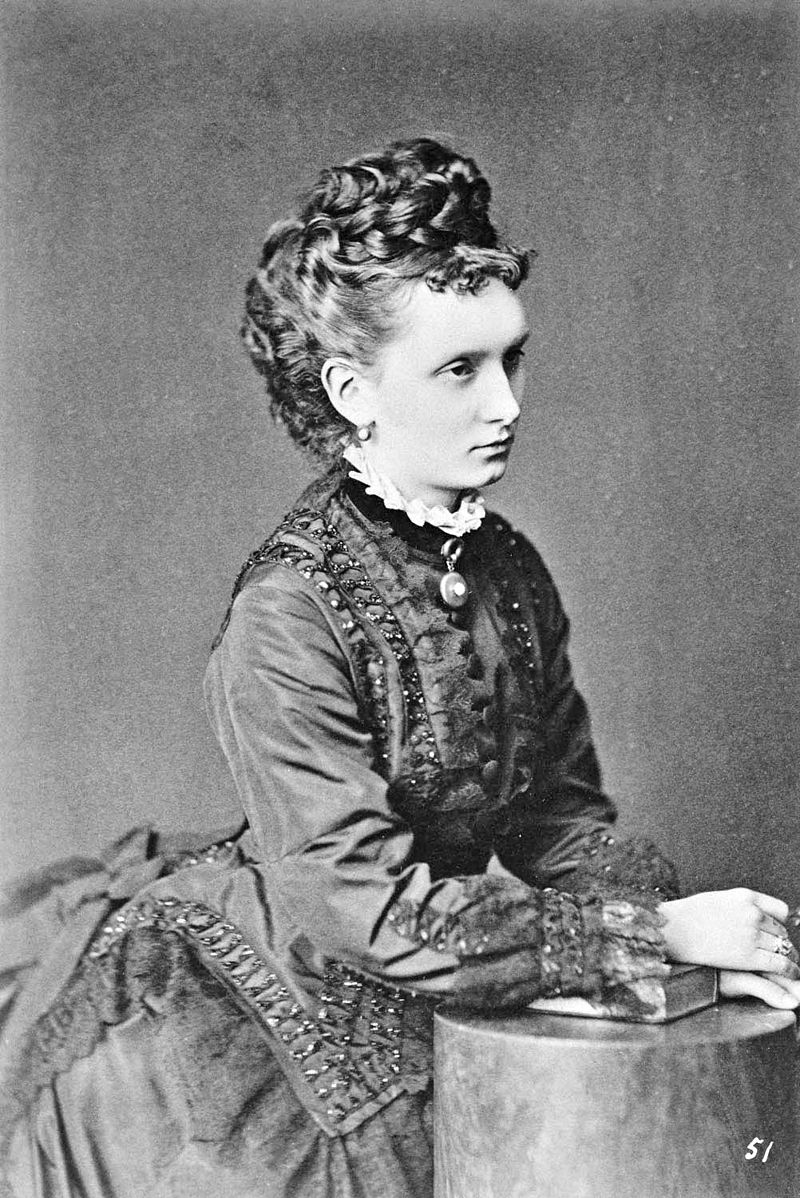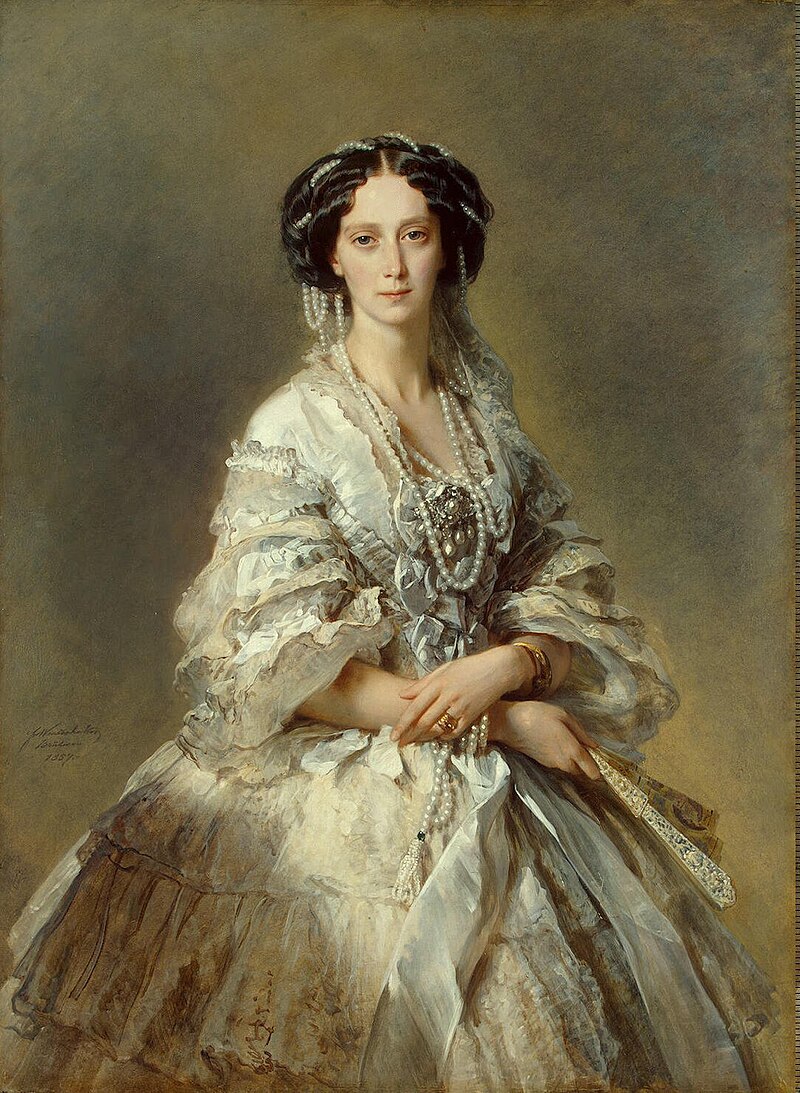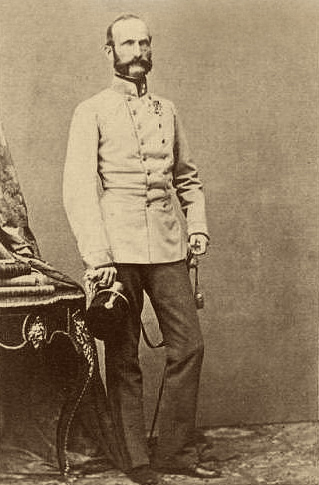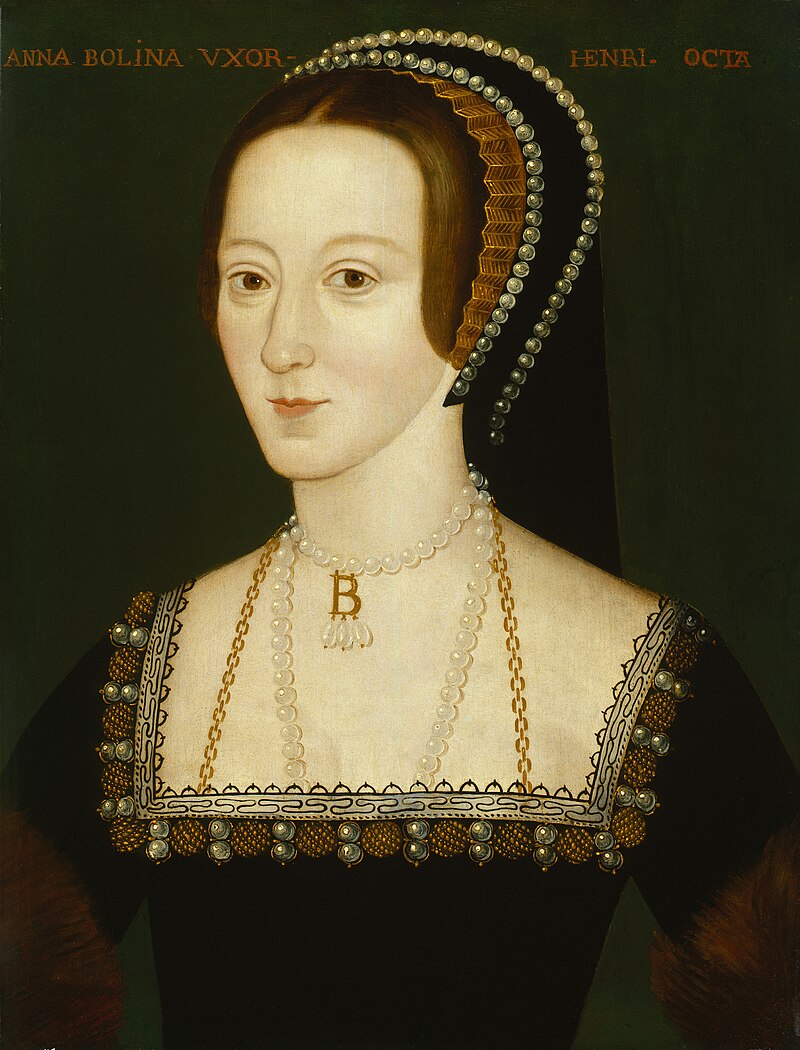by Susan Flantzer
© Unofficial Royalty 2019
The members of the Swedish royal family belong to the Church of Sweden, an Evangelical Lutheran Church. The Act of Succession states: “The King shall always profess the pure evangelical faith, as adopted and explained in the unaltered Confession of Augsburg and in the Resolution of the Uppsala Meeting of the year 1593, princes and princesses of the Royal House shall be brought up in that same faith and within the Realm. Any member of the Royal Family not professing this faith shall be excluded from all rights of succession.” Therefore, the christening of a royal infant into the Church of Sweden is a state ceremony and is a necessity for those in the line of succession.

Royal Chapel at the Royal Palace in Stockholm; Credit – By Holger.Ellgaard – Own work, CC BY-SA 3.0, https://commons.wikimedia.org/w/index.php?curid=14663353
Most royal christenings have been held at the Royal Chapel at the Royal Palace in Stockholm, Sweden or at the Royal Chapel at Drottningholm Palace near Stockholm, Sweden. The Royal Palace in Stockholm houses the offices of the Royal Court, as well as several museums, and serves as the setting for many official functions. It has not been used as an actual residence since 1981, although private apartments still remain there. The Royal Chapel has been in use since the Royal Palace in Stockholm was built in 1754. The chapel is used as a parish church for members of the Royal Court and their families and is also open to the public. It has also been used for many weddings, christenings, and funerals.

Drottningholm Palace Chapel during Prince Alexander’s christening in 2016; Photo: Henrik Montgomery/TT https://www.kungligaslotten.se/english
Drottningholm Palace, on the island Lovön in Lake Mälaren near Stockholm, is the private residence of the Swedish royal family and a popular tourist site. Construction began in 1696 and was completed in 1728. The palace grounds include a beautiful baroque garden and other gardens featuring numerous sculptures and statues, along with several fountains and water features. The Palace Chapel is on the northern end of the palace. The Lovön Parish conducts services in the chapel on the last weekend of each month.
The white linen batiste christening gown of the Swedish royal family has been worn by every baby since 1906. The gown was first used at the christening of King Carl XVI Gustaf’s father Prince Gustaf Adolf. Underneath all the ruffles is a lining embroidered with the names and dates of the infants who have worn it.
The magnificent silver christening font used by the Swedish royal family was commissioned by King Karl XI. When the font was completed in 1707, it took nearly forty years before any royal child was born in Sweden. In 1746, the future King Gustav III was born and he is probably the first child to be christened in this christening font.

Karl XI’s Cradle; Credit – Wikipedia
It is a Swedish royal family tradition to place the newly-christened infant in a cradle. In 1655, the future King Karl XI received a cradle made out of gold-plate and painted wood as a christening gift from his maternal grandparents. Another cradle was used for princesses since 1830 but when Princess Estelle was born in 2012 as the heir to the throne after her mother, Karl XI’s cradle was used.
Karl XV’s Cradle was made before the birth of the future king in 1826. The cradle was used as an everyday cradle for Karl and his brothers Gustaf and Oscar II. For the christening of their sister Eugenie in 1830, the cradle created for Karl became the cradle used for princesses at their christenings. This cradle has been used for all King Carl XVI Gustaf’s grandchildren except Princess Estelle who will be Queen of Sweden.
********************
King Carl XVI Gustaf of Sweden

Four Generations: The infant Prince Carl Gustaf held by his great-grandfather King Gustaf V. Seated on the left is the prince’s grandfather, Crown Prince Gustaf Adolf (the future King Gustaf VI Adolf), and standing is the prince’s father, Prince Gustaf Adolf; Photo: Swedish Royal Court
- Unofficial Royalty: King Carl XVI Gustaf of Sweden
- Parents: Prince Gustaf Adolf of Sweden, Duke of Västerbotten and Princess Sibylla of Saxe-Coburg and Gotha
- Carl XVI Gustaf’s father died in a plane crash nine months after his son’s birth
- Born: April 30, 1946, at Haga Palace in Solna, Sweden
- Christened: June 7, 1946, in the Royal Chapel at the Royal Palace in Stockholm, Sweden
- Names: Carl Gustaf Folke Hubertus
- Godparents:
- Crown Prince Frederik of Denmark, his paternal uncle by marriage, later King Frederick IX of Denmark
- Crown Princess Ingrid of Denmark, his paternal aunt, later Queen Ingrid of Demark
- Crown Prince Olav of Norway, paternal grandfather’s second cousin, later King Olav V of Norway
- Princess Juliana of the Netherlands, later Queen Juliana
- King Gustaf V of Sweden, his paternal great-grandfather
- Friedrich Josias, Hereditary Prince of Saxe-Coburg and Gotha, his maternal uncle
- Crown Prince Gustaf Adolf of Sweden, later King Gustaf VI Adolf, his paternal grandfather
- Crown Princess Louise of Sweden, his paternal step-grandmother, later Queen Louise of Sweden, born Princess Louise of Battenberg, in 1917 Lady Louise Mountbatten
- Count Folke Bernadotte af Wisborg, his paternal grandfather’s first cousin
- Countess Maria Bernadotte af Wisborg, the wife of his paternal grandfather’s first cousin
********************
Crown Princess Victoria of Sweden, Duchess of Västergötland
- Unofficial Royalty: Crown Princess Victoria, Duchess of Västergötland
- Parents: King Carl XVI Gustaf of Sweden and Queen Silvia, born Silvia Sommerlath
- Born: July 14, 1977, at Karolinska University Hospital in Solna, Sweden
- Christened: September 27, 1977, at the Storkyrkan (Great Church) in Stockholm, Sweden
- Names: Victoria Ingrid Alice Désirée
- Godparents:
- Crown Prince Harald of Norway, later King Harald V, her paternal grandfather’s second cousin
- Princess Beatrix of the Netherlands, later Queen Beatrix
- Princess Désirée of Sweden, Baroness Silfverschiöld, her paternal aunt
- Ralf Sommerlath, her maternal uncle
********************
Princess Estelle of Sweden, Duchess of Östergötland
- Unofficial Royalty: Princess Estelle of Sweden, Duchess of Östergötland
- Parents: Crown Princess Victoria of Sweden and Prince Daniel, born Olof Daniel Westling
- Born: February 23, 2012, at Karolinska University Hospital in Solna, Sweden
- Christened: May 12, 2012, in the Royal Chapel at the Royal Palace in Stockholm, Sweden
- Names: Estelle Silvia Ewa Mary
- Godparents:
- Prince Carl Philip of Sweden, her maternal uncle
- Anna Westling-Söderström, her paternal aunt
- Crown Prince Willem-Alexander of the Netherlands, later King Willem-Alexander
- Crown Princess Mary of Denmark, wife of her mother’s second cousin, born Mary Donaldson, later Queen (consort) Mary of Denmark
- Crown Prince Haakon of Norway, her paternal grandfather’s third cousin
********************
Prince Oscar, Duke of Skåne
- Unofficial Royalty: Prince Oscar, Duke of Skåne
- Parents: Crown Princess Victoria of Sweden and Prince Daniel, born Olof Daniel Westlin
- Born: March 2, 2016, at the Karolinska University Hospital in Solna, Sweden
- Christened: May 27, 2016, in the Royal Chapel at the Royal Palace in Stockholm, Sweden
- Names: Oscar Carl Olof
- Godparents:
- Crown Prince Frederik of Denmark, his mother’s second cousin, later King Frederik X of Denmark
- Crown Princess Mette-Marit of Norway, wife of paternal grandfather’s third cousin, born Mette-Marit Tjessem Høiby
- Princess Madeleine of Sweden, his maternal aunt
- Oscar Magnuson, his mother’s first cousin
- Hans Åström, his father’s first cousin
********************
Prince Carl Philip, Duke of Värmland
- Unofficial Royalty: Prince Carl Philip, Duke of Värmland
- Parents: King Carl XVI Gustaf of Sweden and Queen Silvia, born Silvia Sommerlath
- Born: May 13, 1979, at the Royal Palace in Stockholm, Sweden
- Christened: August 31, 1979, in the Royal Chapel at the Royal Palace in Stockholm, Sweden
- Names: Carl Philip Edmund Bertil
- Godparents:
- Prince Bertil, Duke of Halland, his paternal great-uncle
- Prince Leopold of Bavaria, his father’s friend
- Queen Margrethe II of Denmark, his first cousin once removed
- Princess Birgitta of Sweden, Princess of Hohenzollern, his paternal aunt
********************
Prince Alexander, Duke of Södermanland

Prince Alexander in the Charles XV Cradle; Photo: Jonas Ekströmer www.kungahuset.se, Copyright Kungahuset.se
- Parents: Prince Carl Philip of Sweden and Princess Sofia, born Sofia Hellqvist
- Born: April 19, 2016, at Danderyd Hospital in Danderyd, Sweden
- Christened: September 9, 2016, in the Royal Chapel at Drottningholm Palace near Stockholm, Sweden
- Names: Alexander Erik Hubertus Bertil
- Godparents:
- Crown Princess Victoria of Sweden, his paternal aunt
- Lina Frejd, his maternal aunt
- Victor Magnuson, his father’s paternal first cousin
- Jan-Åke Hansson, his father friend
- Cajsa Larsson, his mother’s friend
********************
Prince Gabriel, Duke of Dalarna
- Parents: Prince Carl Philip of Sweden and Princess Sofia, born Sofia Hellqvist
- Born: August 31, 2017, at Danderyd Hospital in Stockholm, Sweden
- Christened: December 1, 2017 in the Royal Chapel at Drottningholm Palace near Stockholm, Sweden
- Names: Gabriel Carl Walther
- Godparents:
- Princess Madeleine of Sweden, his paternal aunt
- Sara Hellqvist, his maternal aunt
- Thomas de Toledo Summerlath, his father’s maternal cousin
- Oscar Kylberg, his parents’ friend
- Carolina Pihl, his parents’ friend
********************
Prince Julian, Duke of Halland
- Parents: Prince Carl Philip of Sweden and Princess Sofia, born Sofia Hellqvist
- Born: March 26, 2021, at Danderyd Hospital in Stockholm, Sweden
- Christened: August 14, 2021 in the Royal Chapel at Drottningholm Palace near Stockholm, Sweden
- Names: Julian Herbert Folke
- Godparents:
- Johan Andersson, his parents’ friend
- Stina Andersson, his parents’ friend
- Jacob Högfeldt, his father’s school friend
- Patrick Sommerlath, his father’s maternal cousin
- Frida Vesterberg, his mother’s friend
********************
Princess Madeleine of Sweden, Duchess of Hälsingland and Gästrikland

Princess Madeleine in the Charles XV Cradle with family and godparents Photo: Jan Collsiöö Scanpix www.kungahuset.se, Copyright Kungahuset.se
- Unofficial Royalty: Princess Madeleine of Sweden, Duchess of Hälsingland and Gästrikland
- Parents: King Carl XVI Gustaf of Sweden and Queen Silvia, born Silvia Sommerlath
- Born: June 10, 1982, at Drottningholm Palace near Stockholm, Sweden
- Christened: August 31, 1982, in the Royal Chapel at the Royal Palace in Stockholm, Sweden
- Names: Madeleine Thérèse Amelie Josephine
- Godparents:
- Prince Andreas of Saxe-Coburg and Gotha, her father’s first cousin
- Walther L. Sommerlath, her maternal uncle
- Princess Benedikte of Denmark, Princess of Sayn-Wittgenstein-Berleburg, her father’s first cousin
- Princess Christina, Mrs. Magnuson, her paternal aunt
********************
Princess Leonore, Duchess of Gotland
- Wikipedia: Princess Leonore, Duchess of Gotland
- Parents: Princess Madeleine of Sweden and Christopher O’Neill
- Born: February 20, 2014, at Weill Cornell Medical Center in New York, New York in the United States
- Christened: June 8, 2014 in the Royal Chapel at Drottningholm Palace near Stockholm, Sweden
- Names: Leonore Lilian Maria
- Godparents:
- Crown Princess Victoria of Sweden, her maternal aunt
- Tatjana d’Abo, her paternal aunt
- Count Ernst Abensperg und Traun, her paternal uncle by marriage
- Patrick Sommerlath, her maternal first cousin once removed
- Alice Bamford, her parents’ friend
- Louise Gottlieb, her parents’ friend
********************
Prince Nicolas, Duke of Ångermanland
- Parents: Princess Madeleine of Sweden and Christopher O’Neill
- Born: June 15, 2015 at Danderyd Hospital in Danderyd, Sweden
- Christened: October 11, 2015 in the Royal Chapel at Drottningholm Palace near Stockholm, Sweden
- Names: Nicolas Paul Gustaf
- Godparents:
- Prince Carl Philip of Sweden, his maternal uncle
- Natascha Abensperg und Traun, his paternal aunt
- Henry d’Abo, his paternal uncle by marriage
- Gustaf Magnuson, his mother’s paternal first cousin
- Katarina von Horn, his parents’ friend
- Marco Wajselfisz, his parents’ friend
********************
Princess Adrienne, Duchess of Blekinge

Princess Adrienne with her mother Princess Madeleine and her grandfather King Carl XVI Gustaf; Photo Credit – Swedish Royal Court, photo by Jonas Ekströmer
- Parents: Princess Madeleine of Sweden and Christopher O’Neill
- Born: March 9, 2018, at Danderyd Hospital in Danderyd, Sweden
- Christened: June 8, 2018, in the Royal Chapel at Drottningholm Palace near Stockholm, Sweden
- Names: Adrienne Josephine Alice
- Godparents:
- Miss Anouska d’Abo, her paternal first cousin
- Mrs. Coralie Charriol Paul, her parents’ friend
- Mr. Nader Panahpour, her parents’ friend
- Baron Gustav Thott, her parents’ friend
- Mrs. Charlotte Kreuger Cederlund, her parents’ friend
- Mrs. Natalie Werner, her parents’ friend
********************
This article is the intellectual property of Unofficial Royalty and is NOT TO BE COPIED, EDITED, OR POSTED IN ANY FORM ON ANOTHER WEBSITE under any circumstances. It is permissible to use a link that directs to Unofficial Royalty.








































